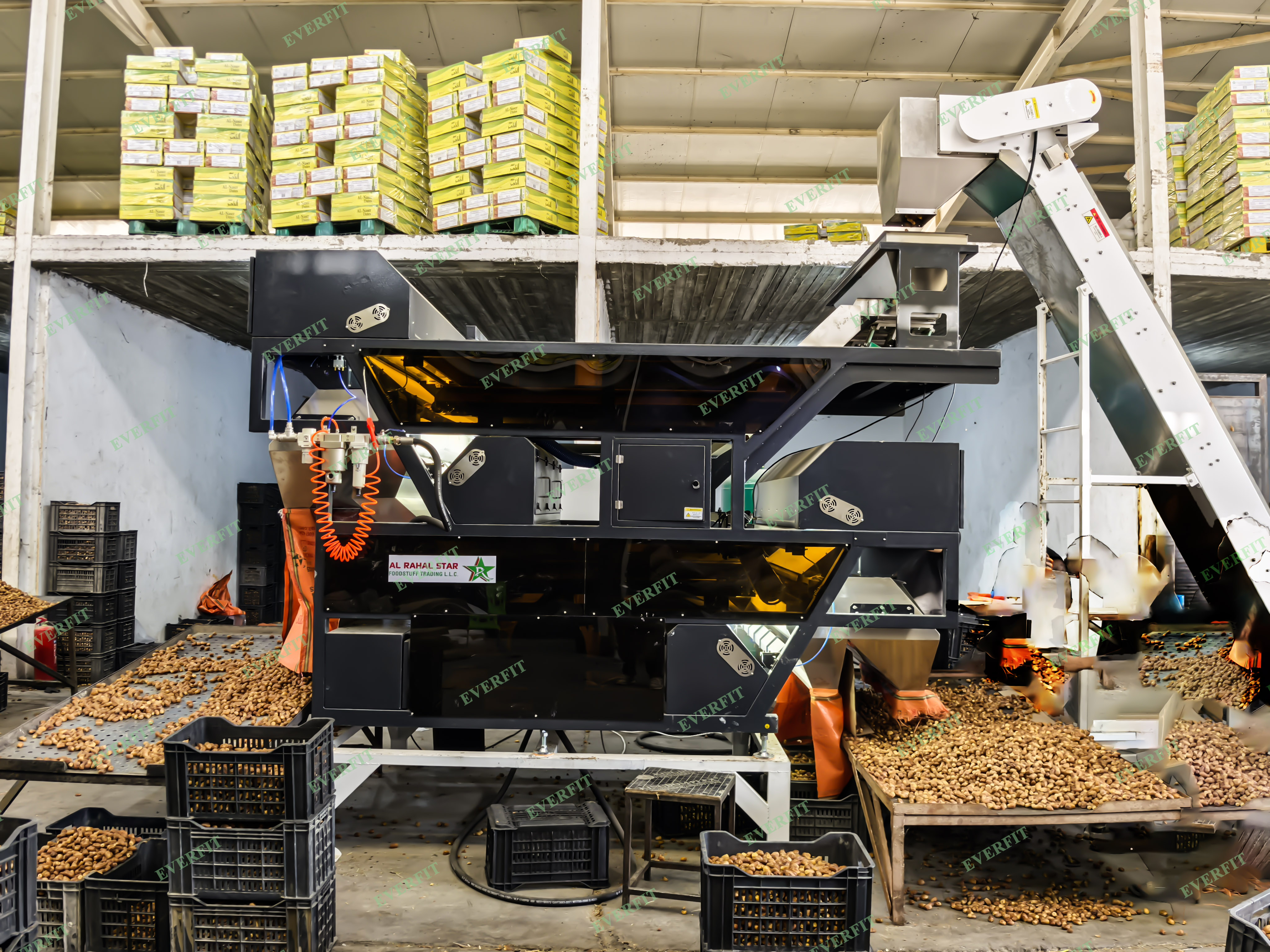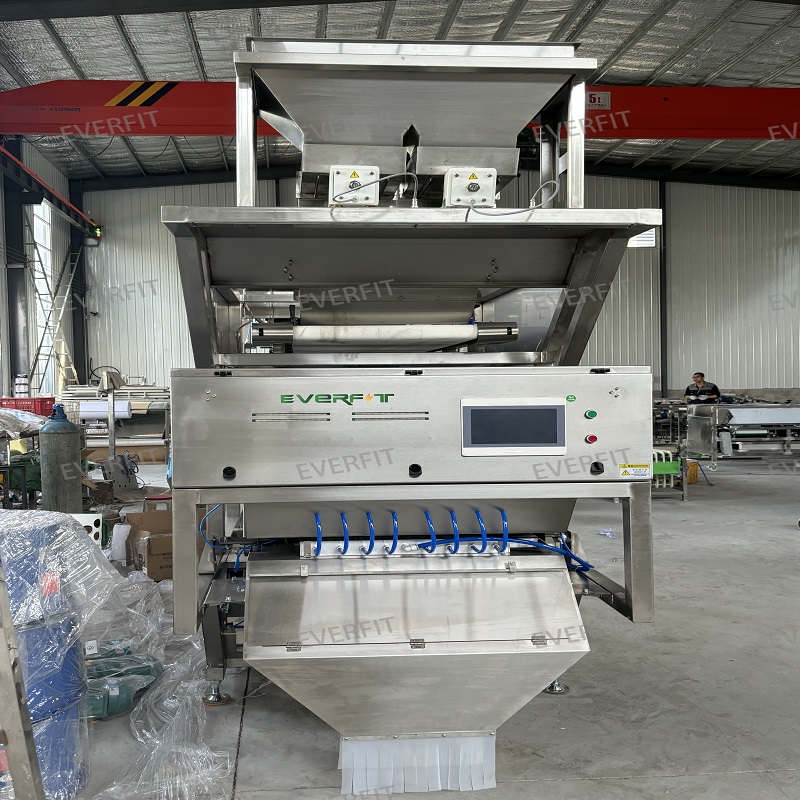Hawaii, a dazzling gem in the Pacific Ocean, occupies a unique and significant position in the global coffee landscape, thanks to its unparalleled natural environment. The Kona region, in particular, is renowned worldwide for producing top - tier coffee. Coffee trees here thrive on the slopes of volcanoes. The ideal altitude, ranging from 150 to 750 meters, ensures a harmonious blend of abundant sunlight and ample rainfall. Coupled with the fertile volcanic ash soil, rich in minerals, these conditions create the perfect environment for coffee cultivation. As a result, Kona coffee features plump, shiny beans, and its flavor profile—characterized by a delicate acidity, a rich aroma, and a full - bodied taste—has made it the ultimate choice for coffee connoisseurs.
Statistics show that Hawaii has approximately 7,200 acres of coffee - growing land. In 2019, the coffee bean production reached a staggering $54.3 million. The exceptional quality and high price of Kona coffee have captured the attention of the global coffee market.
However, the Hawaiian coffee industry has not been without its challenges. The coffee bean sorting process has long been a headache for local producers. Traditional manual sorting is especially prevalent in Hawaiian coffee production. Given that most coffee farms in Hawaii operate on a family - based model, there is a limited workforce. During the coffee harvest season, the large volume of coffee cherries overwhelms the available labor, leading to extremely low sorting efficiency. Additionally, manual sorters are prone to fatigue after long hours of work. This makes it difficult for them to accurately identify internal insect damage or subtle signs of mold in coffee beans. The presence of these sub - standard beans in the final product seriously undermines the quality and flavor of the coffee. For instance, coffee beans affected by coffee leaf rust exhibit only slight changes in appearance, making them easy to miss during manual sorting. These diseased beans impart an unpleasant taste to the brewed coffee, ruining the elegant flavor of Kona coffee. This, in turn, reduces the market competitiveness of the product and damages the brand image of Hawaiian coffee.
Against this backdrop, the introduction of AI sorting machines has brought about an unprecedented transformation to the Hawaiian coffee industry. AI sorting machines leverage cutting - edge Multispectral Imaging (MSI) and machine - learning technologies to conduct comprehensive and highly accurate inspections and sorting of coffee beans. In operation, high - speed CameraLink cameras quickly capture images of coffee beans as they move along the conveyor belt. An intelligent system then uses advanced algorithms to conduct in - depth analysis of various characteristics of the beans, including color, shape, size, texture, and even internal structure. By accurately identifying defects, the machine can precisely remove discolored, fermented, moldy, insect - infested, and broken coffee beans. Compared to traditional mechanical separation methods, AI sorting machines significantly increase sorting speed, thereby greatly enhancing production efficiency. In the past, traditional methods required complex processes such as roasting and tasting to evaluate the quality of coffee beans, consuming a great deal of time and labor. Now, AI sorting machines can efficiently screen coffee beans at the raw bean stage. This enables coffee producers to quickly sort beans into uniform batches that meet strict standards, ensuring consistent and high - quality coffee production. As a result, high - quality Hawaiian coffee can be continuously supplied to the market.

From a cost - benefit perspective, AI sorting machines offer distinct advantages. Although there is a significant upfront investment in purchasing the equipment, in the long run, they substantially reduce labor costs. In Hawaii, family - owned farms rely heavily on manual labor for coffee bean sorting, and labor expenses account for a substantial portion of production costs. After introducing AI sorting machines, a small number of technicians can operate the equipment to complete the work that previously required a large number of manual workers. Moreover, the precise sorting capabilities of these machines reduce the waste of high - quality coffee beans caused by the inclusion of sub - standard ones. This improves the utilization rate of coffee beans and increases the economic returns for coffee producers. More importantly, AI sorting machines play a crucial role in enhancing coffee quality. By ensuring consistent and superior quality, they help Hawaiian coffee further enhance its brand image and market competitiveness in the international market, attracting more consumers and opening up broader development prospects for the Hawaiian coffee industry.
AI sorting machines also demonstrate remarkable advantages in dealing with pests and diseases. The Hawaiian coffee growing regions are frequently threatened by pests and diseases such as coffee leaf rust and coffee berry borer. For example, the first outbreak of coffee leaf rust in 2020 and the large - scale infestation of coffee berry borer in 2010 both led to a significant reduction in coffee bean yields. AI sorting machines can accurately identify coffee beans affected by pests and diseases and promptly remove them. This helps prevent the spread of diseases and ensures the healthy growth of coffee trees, thereby reducing the impact of pests and diseases on the coffee industry to some extent.
In conclusion, AI sorting machines are emerging as the core driving force for the sustainable development and upgrading of the Hawaiian coffee industry. They not only address the current challenges in coffee bean sorting but also guide the Hawaiian coffee industry towards a future of high - efficiency, high - quality, and sustainability, adding a new chapter to the coffee - making legacy of this Pacific island.


 Mobile/Whatsapp 0086-18695800088
Mobile/Whatsapp 0086-18695800088 
